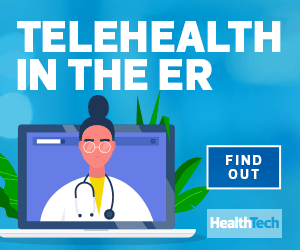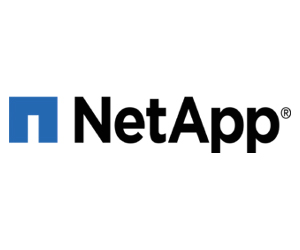2. Simplify IT Management with a Device-Agnostic Approach
Most hospitals aren’t one-device-fits-all environments, says Hines. While users may appreciate the element of choice, accommodating a plethora of devices and OSs can create headaches for IT staff.
VDI helps to mitigate that friction. “It becomes a much more streamlined process, where IT is able to ensure business continuity because they are focused on the VDI environment and not on all those other devices and personal preferences,” says Hines.
In fact, the VDI environment’s ease of use can yield benefits across the board.
“Anything you can do to simplify troubleshooting often accelerates the ability to put a clinician back at the bedside with the patient, which is what healthcare is all about,” Hines says.
3. VDI Improves Privacy and Security for Virtual Visits
For telehealth to achieve its full potential, both during and after the pandemic, it is essential that patients, providers and caregivers have confidence in an institution’s ability to protect sensitive data.
VDI provides access to the patient care systems via industry-standard encrypted communication protocols. Data in the back-end repositories is also typically encrypted by the NetApp storage infrastructure. Moreover, NetApp’s VDI solutions can use various access control and endpoint security mechanisms, such as multifactor authentication and posture checking.
“Any piece of data that is part of an interaction in a VDI session is encrypted,” says Hines.
READ MORE: Learn more about the benefits of VDI for health systems.
4. Virtual Desktops Allow Hospitals to Quickly Scale Telehealth
One of the most challenging characteristics of the pandemic has been its unpredictability, from unanticipated surges in telehealth demand to regional variability in COVID-19 cases. These changes highlight the advantages of solutions that offer elasticity with scale and demand.
With the pandemic necessitating so many adjustments in the workplace, the ease of NetApp’s VDI deployment also makes it attractive — particularly for users and institutions that lack prior experience with VDI or telemedicine, Hines says.
“When you are all of a sudden faced with ‘I’ve never done it before, but now I have to do it,’ being able to train providers and get them comfortable — in a very short window — is highly dependent upon a consistent and reliable technology experience that also provides access to the clinical and enterprise applications they need to augment their workflows,” she says.
From an IT perspective, VDI is easy to stand up and to scale, ensuring hospitals don’t miss a beat in serving their patients and continuing business operations.
Rapid implementation is one reason that organizations choose NetApp, says Hines. “We have simplified deployment for faster standup of a VDI environment, whether it be on-premises, in the cloud or a ‘best of both worlds’ hybrid approach.”
Brought to you by:













